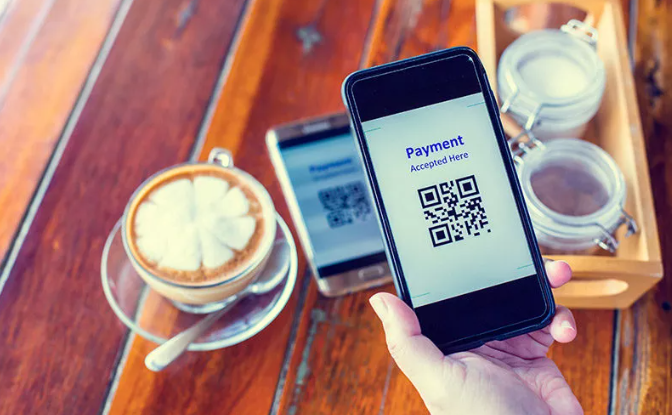UPI payments have become a conventionally important part of our banking experience. UPI has enabled the country’s people to carry out transactions easily. However, the UPI payment system does come without its cons. One of which is a cluttered bank passbook containing even the littlest transactions like buying a bottle of water or even a piece of chewing gum. Another restriction is the cap on the number of transactions one user can make in a day. To solve the issues related to small UPI transactions, the Reserve Bank of India launched UPI Lite to facilitate faster and easier transactions in September 2022.
Homegrown Paytm Payments Bank was the first digital payments platform to offer UPI Lite with the service crossing 2 million users with over half a million daily transactions recorded in a short amount of time. There are no second thoughts about UPI Lite being a runaway hit, so, what exactly is it? I was lucky enough to get a briefing about UPI Lite from Paytm’s Chief Product officer followed by an interaction where we discussed the challenges and future of digital payments in India. Firstly, here’s everything you need to know about UPI Lite –
What is UPI Lite?
UPI Lite is a digital account designed to make low-value transactions easier and quicker. It comes with a maximum balance limit of 2000. The maximum balance limit can be added to the account twice daily enabling transactions up to 4000 in a day. The maximum value allowed per transaction is Rs 200. It can be regarded as a compressed version of UPI that is designed for low-value transactions from Re 1 to Rs 200.
UPI lite comes with its own sets of advantages above the standard UPI system. Transactions made using UPI Lite do not clutter users’ bank passbooks. The statement only comprises of top-up transactions done during UPI Lite decluttering the passbook. Another main advantage is having no cap on the number of transactions made. Whereas, users are also not required to enter their 4 or 6-digit pins using UPI Lite. During my briefing session, Paytm CPO Shreyas Srinivasan emphasised on banking industry evolving to become a technological industry and UPI Lite seems to lessen the gap between the two. Here’s Exhibit’s exclusive conversation with Paytm CPO Shreyas Srinivasan –
EX: Firstly, congratulations on the success of UPI Lite. Being a spearhead in digital payment technology in India, what challenges does Paytm face on a daily basis?
Shreyas: I think on a daily basis, our challenges are customer challenges. We work hard to make sure our customers don’t face any challenges but since we have millions and millions of people using our payment systems we have issues like failed transactions, soundbox not playing when a transaction is made and similar are some of the issues we grapple with every day. New users who are new to mobile and digital payments not knowing how to activate UPI is also one of the challenges we work on every day.
EX: What is your goal with the UPI Lite service in a country that is as financially diverse as India?
Shreyas: I think more than UPI Lite, our overall motivation is to make sure 100% success rates on all our transactions. I think everything we do is a movement in that direction, UPI Lite increases success rate along with all the work we’ve put in making Paytm banks the first digitally native bank which supports millions of transactions is towards that goal. Every time you want to pay, it should be a successful transaction.
EX: What do you think is the future of digital payments in India?
Shreyas: I think it is the future! I think digital payment is the future, we’ve seen digital payments bring millions of people into the mainstream economy. Users who did not previously have a banking profile or banking history were previously forgotten on the edge of the mainstream economy. We’ve seen millions of them come to the forefront because of digital payments. Tools we’ve built like the soundboxes have now enabled small merchants to become savvy and accept digital payments. Be it a small merchant selling coconut by the street or any merchant selling things on the highway, all of them are now accepting digital payments. Paytm’s mission and vision are to bring 500 million users into the mainstream economy and we’re enabling them with the form of digital payments.
EX: We think digital payments are also bringing the country together…
Shreyas: YES! Trust improves trade and trade improves GDP. In fact, a lot of progress of a country is built on trust and this is the first time that users can see the person they’re paying along with their banks while making a digital payment. I think it really is building a fabric of trust when it comes to payments in the country which definitely brings the country together and makes our growth possible at a faster rate.
